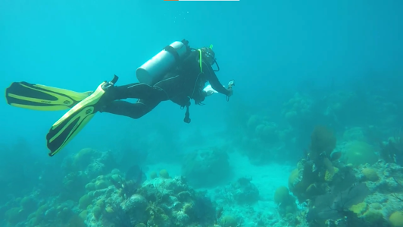Three Nova Scotian islands designated as National Wildlife Areas
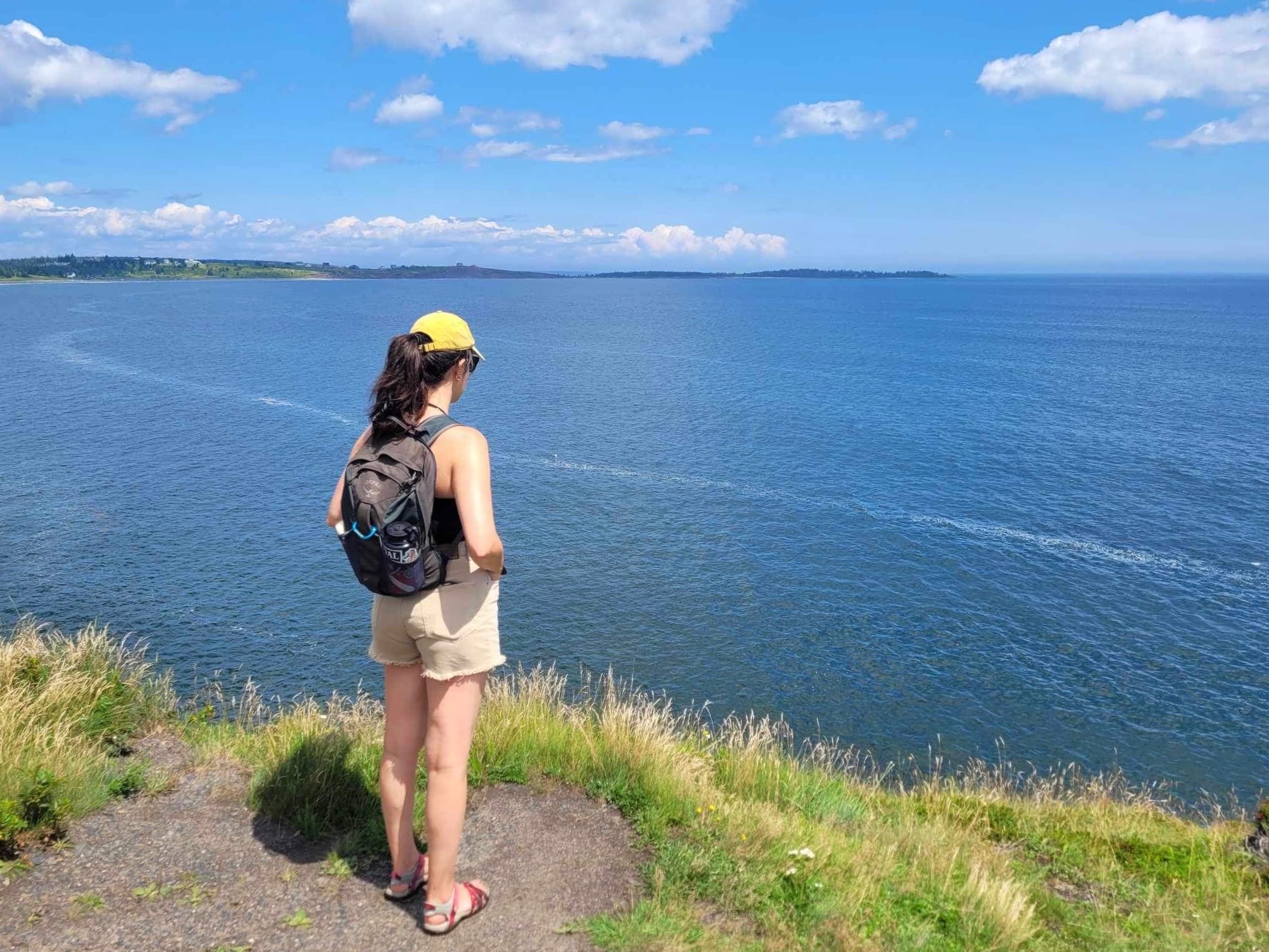
By: Madie Stewart
When I started working for CPAWS-NS in the summer of 2023, one of my first tasks was to write a submission in support of the amendments to the Wildlife Area Regulations to designate three islands as National Wildlife Areas. I was fresh into the role of a conservation campaigner, and I was nervous about my first contribution to our organization’s mission to establish protected areas. Since then, I’ve submitted numerous letters and comments during public consultations in support of environmental protections. Seeing a process reach its end stage of legal designation is certainly a special feeling.
It is therefore my pleasure to share that the Federal Department of Environment and Climate Change (ECCC) recently announced the official designation of those same three Nova Scotian islands that I campaigned for almost two years ago. St. Paul Island, Isle Haute, and Country Island have existing protections under the Species at Risk Act or the Migratory Birds Convention Act, but the official designation as National Wildlife Areas (NWAs) under the Canada Wildlife Act strengthens the protections of these special places and the species found there. This designation brings Canada’s total number of NWAs to 60.
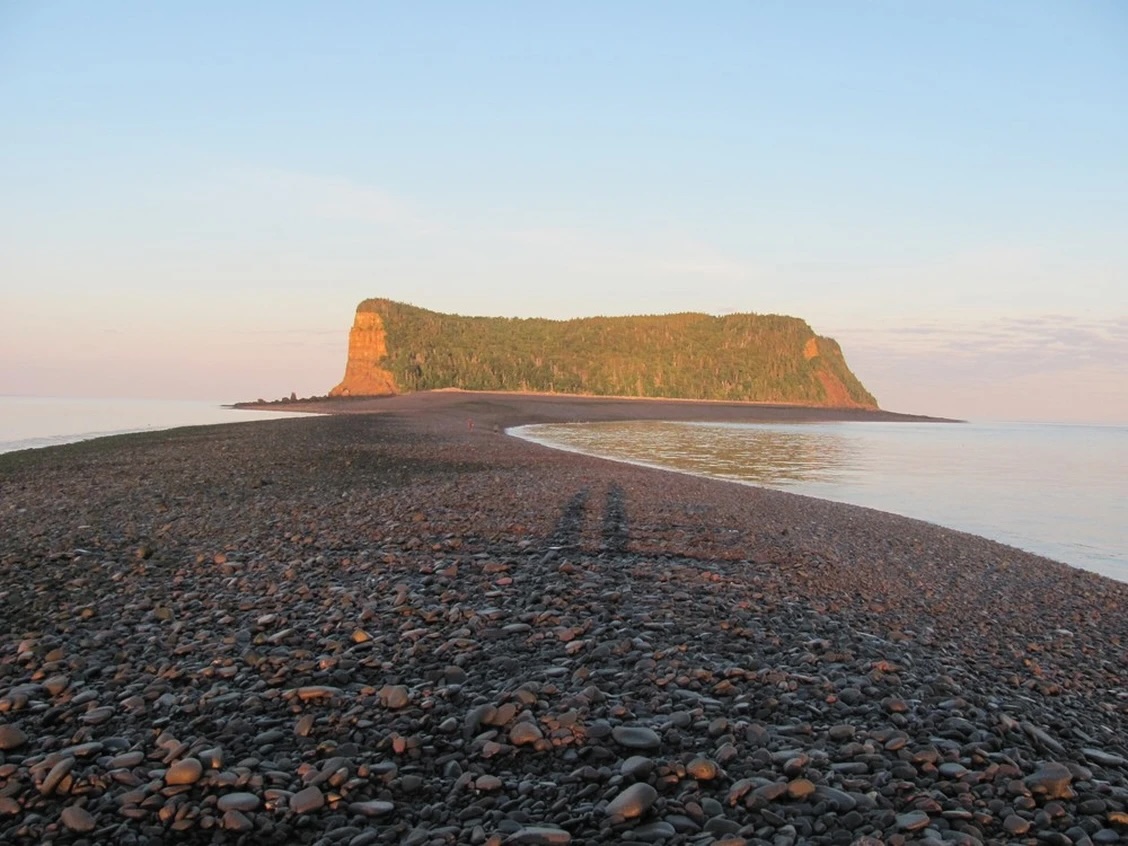
These islands contain significant conservation values, most notably as important habitat for numerous species of birds, including at-risk species. They also contain unique features, like 100m high cliffs on Isle Haute or two freshwater lakes on St. Paul Island. These islands are also important for the Mi’kmaq, who have frequented these areas for millennia as traditional meeting places, as stopping grounds during long paddles, or as foraging areas. The Canadian Wildlife Service (CWS) is currently in discussions with Indigenous groups about applying Mi’kmaw names to these protected areas.
Getting to this point wasn’t a quick process, however. In the 90s and early 2000s, work was underway to declare these islands as important for conservation. This includes declaring Important Bird Areas for St Paul Island and Country Island, and preventing the public sale of Isle Haute. These islands were also included in the Department of Fisheries and Oceans’ identification of Ecologically and Biologically Significant Areas (EBSAs) in the Bay of Fundy and around Nova Scotia’s Atlantic coast. In July 2023, a 30-day public consultation began for the amendments to the Wildlife Area Regulations in order to create these three NWAs. It wasn’t until now, in January 2025, that these islands officially received their designations as NWAs.
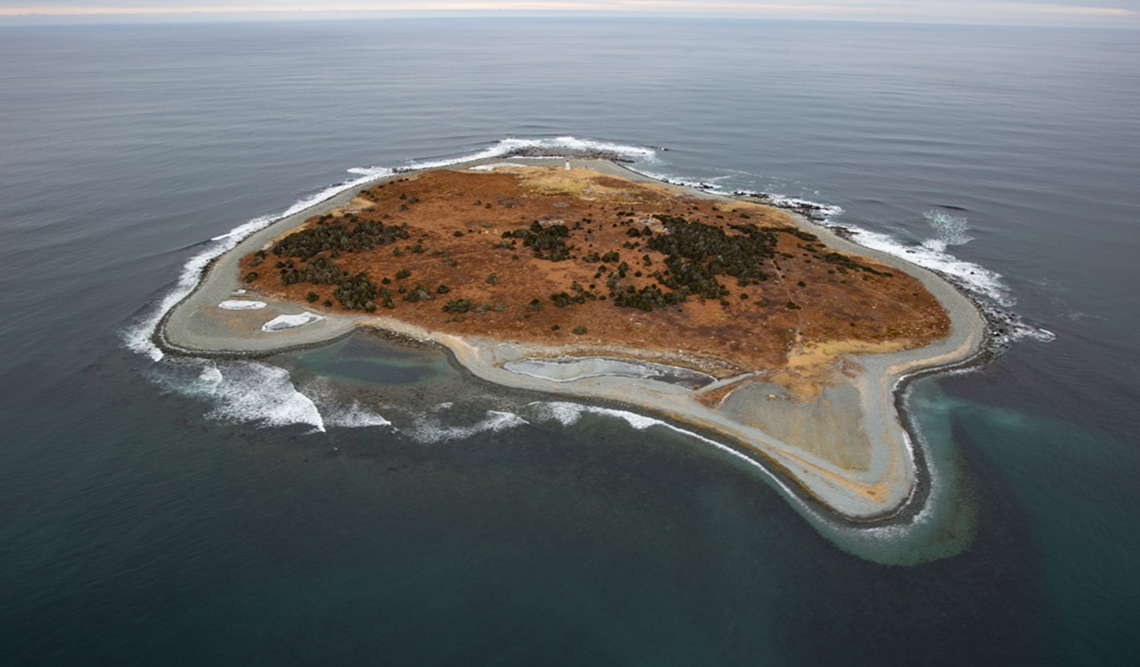
While I am excited for the designation of these three island NWAs, I want to impress upon our readers that we still believe the process of designating protected areas takes too long. It took about two decades from the time these islands were initially identified as important areas for conservation until their ultimate designation as protected areas. While a site is awaiting official designation and the protection that comes along with it, we risk further ecological degradation and biodiversity loss.
Myself and the rest of the CPAWS-NS team will continue to fight for the timely protection of ecologically important places in Nova Scotia, and ensure that our sensitive species and habitats are conserved for future generations to come.
Thanks for reading, and now you can take a breath of fresh air knowing that these special places are finally protected!
Madie

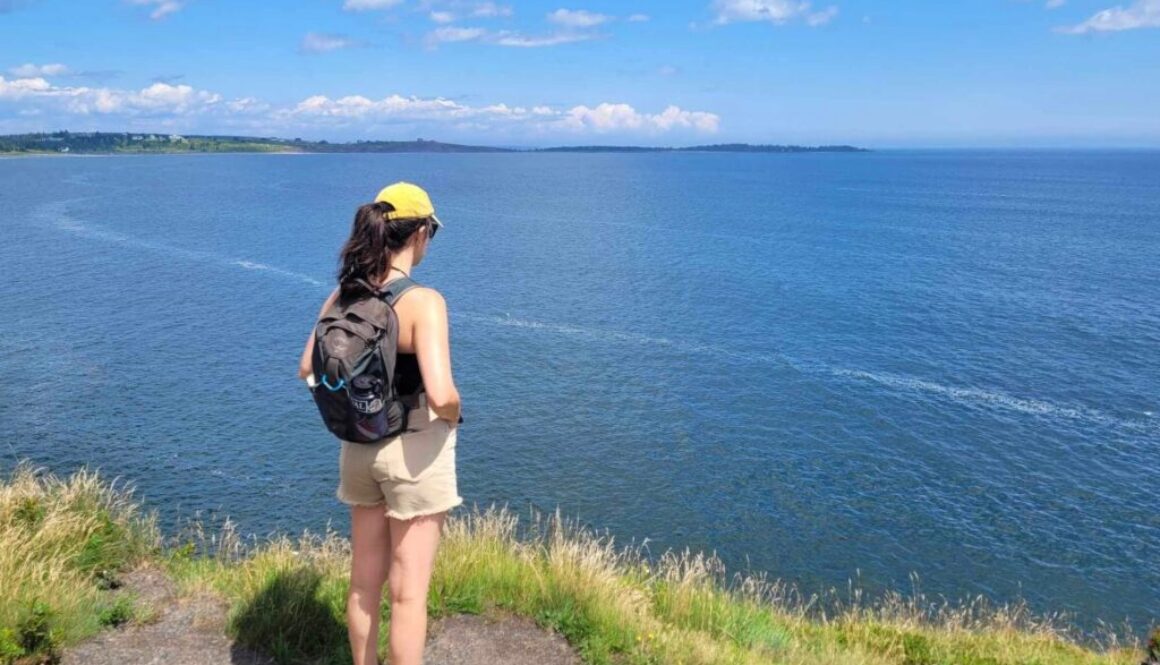
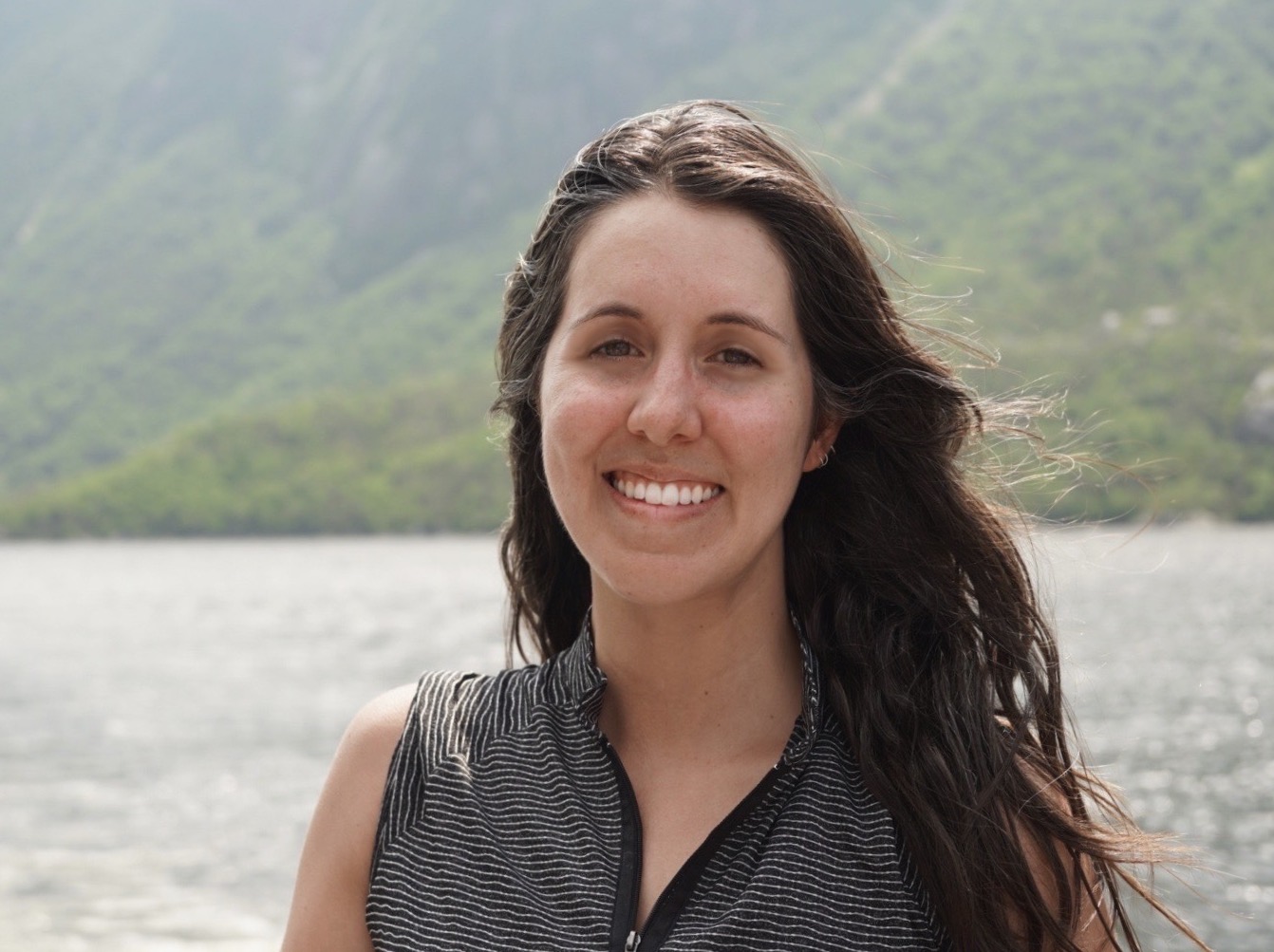
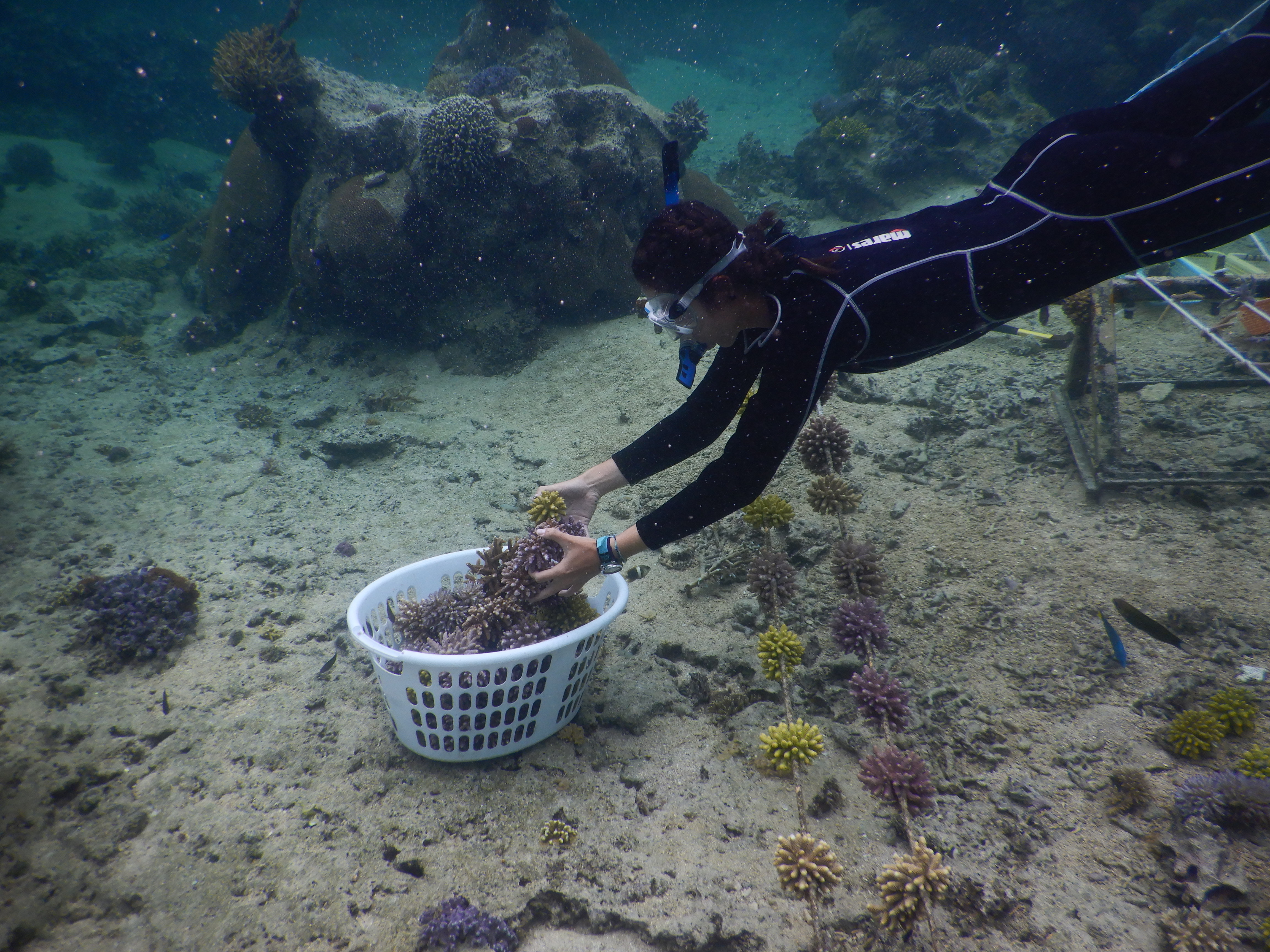 Coral restoration on the fringing reefs in Votua Village (Photo: Reef Explorer Fiji).
Coral restoration on the fringing reefs in Votua Village (Photo: Reef Explorer Fiji).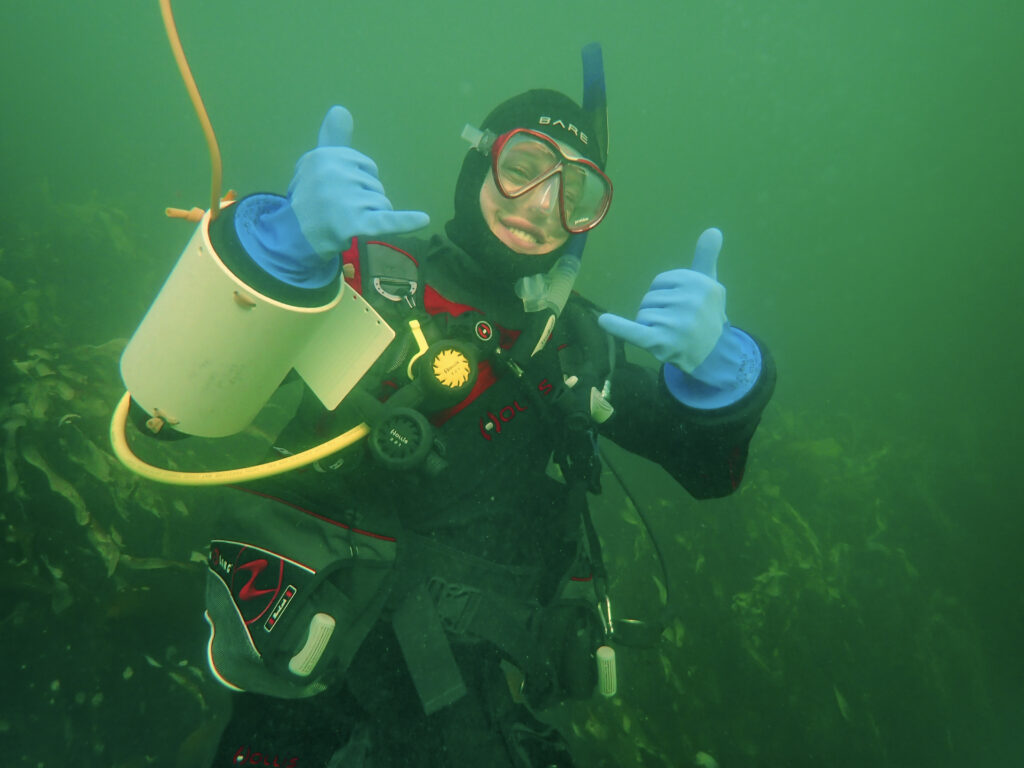
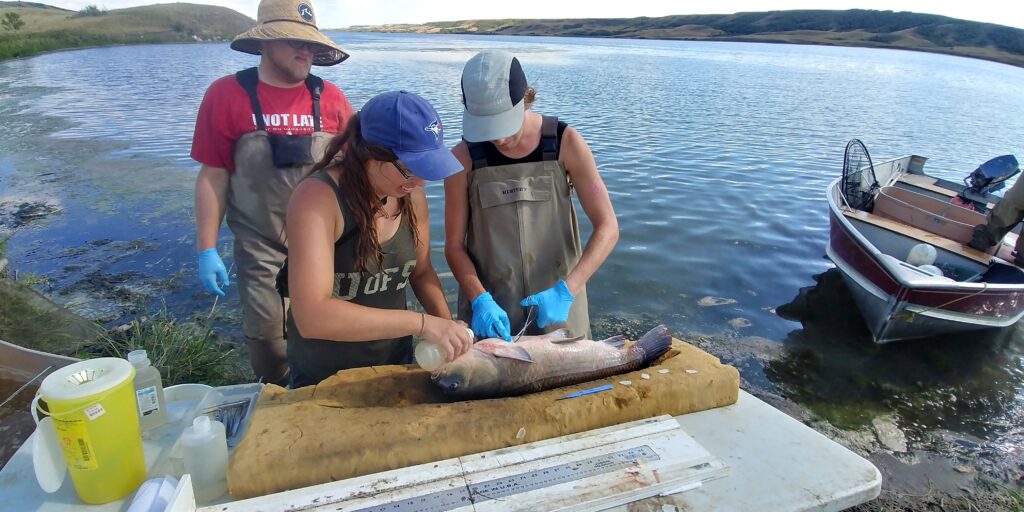
 Hi, I’m Camille, a summer Conservation Assistant at CPAWS-NS. From a young age, I’ve always known I was interested in humanitarian and environmental causes and solutions. After taking a class at Dalhousie on non-profits and helping to launch the Evercare Foundation, an organization which aids humanitarian causes through specialized healthcare, I knew that working in the NGO sector could be for me. I’m elated to spend the summer at CPAWS-NS to grow, learn, and make a difference.
Hi, I’m Camille, a summer Conservation Assistant at CPAWS-NS. From a young age, I’ve always known I was interested in humanitarian and environmental causes and solutions. After taking a class at Dalhousie on non-profits and helping to launch the Evercare Foundation, an organization which aids humanitarian causes through specialized healthcare, I knew that working in the NGO sector could be for me. I’m elated to spend the summer at CPAWS-NS to grow, learn, and make a difference.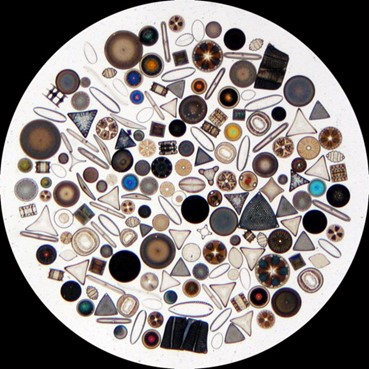
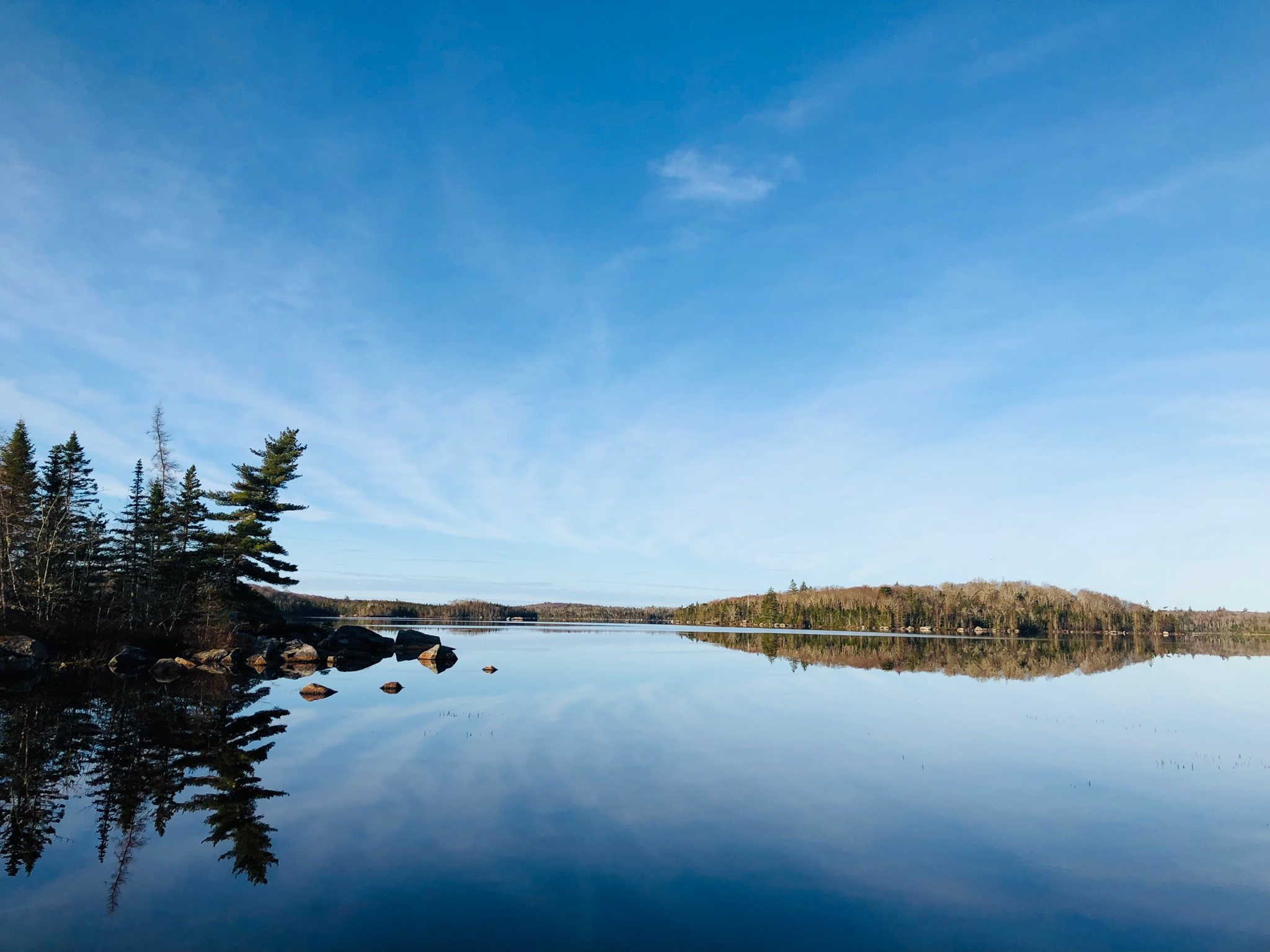
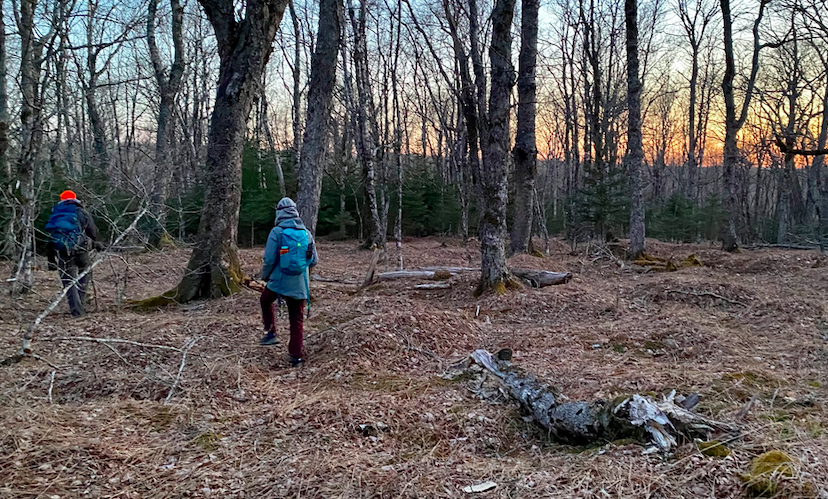
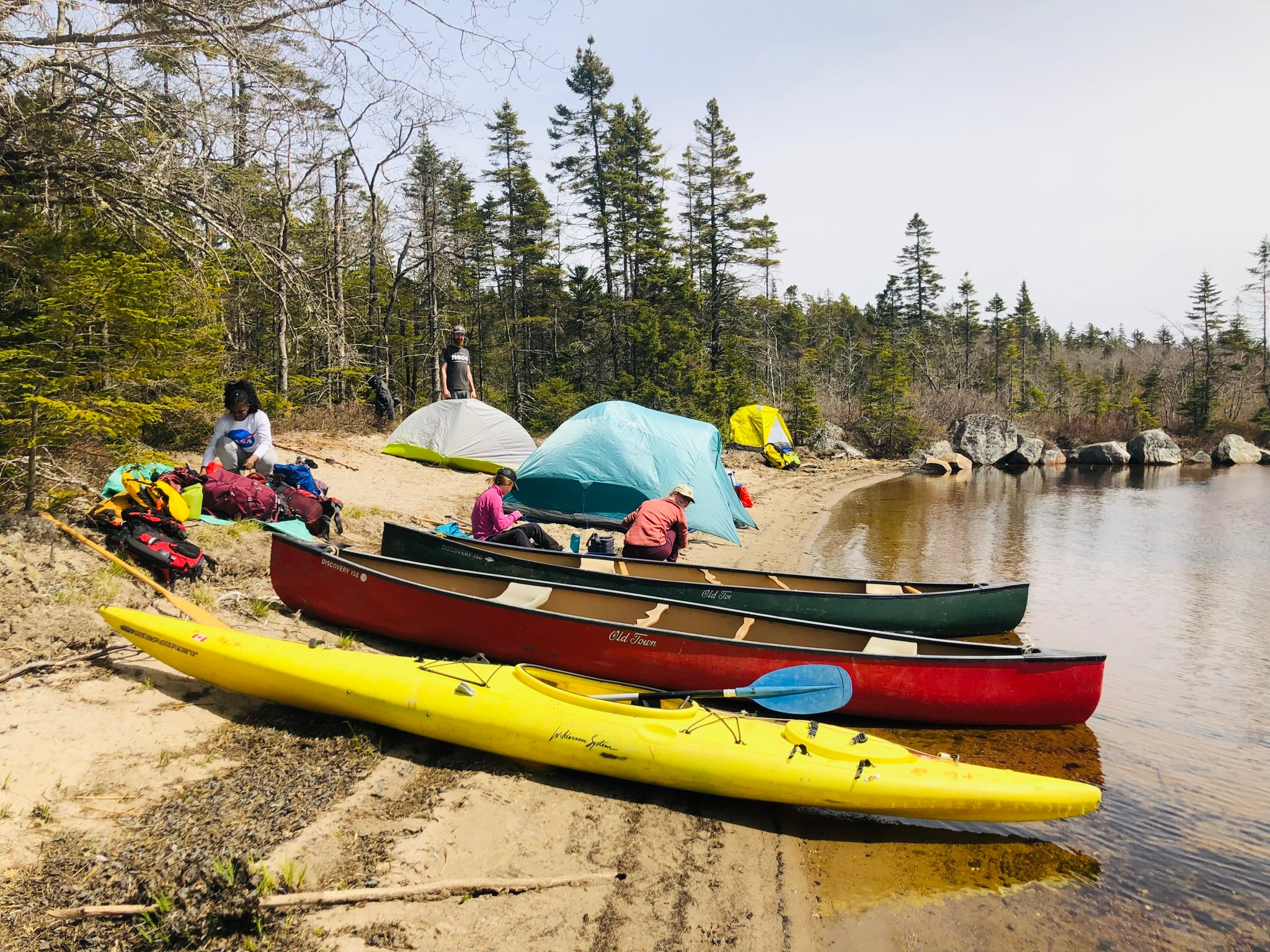
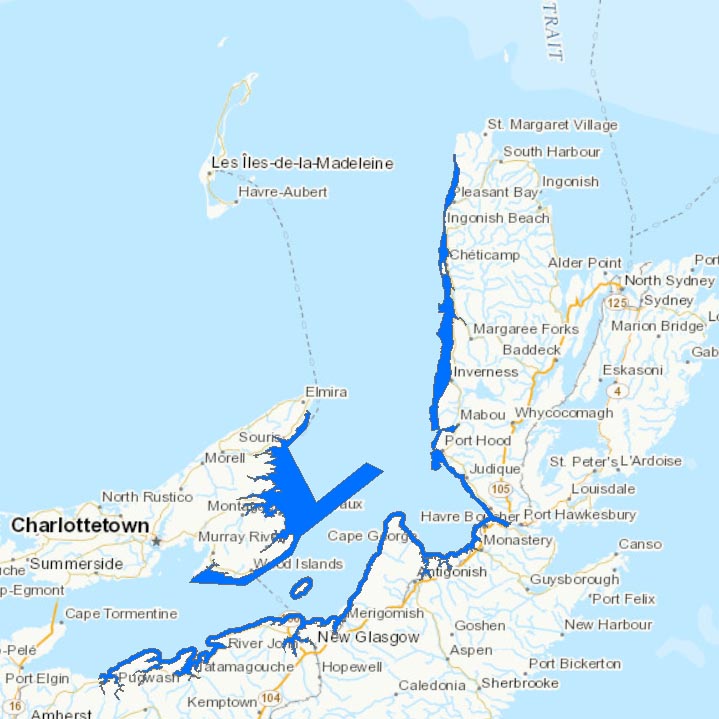
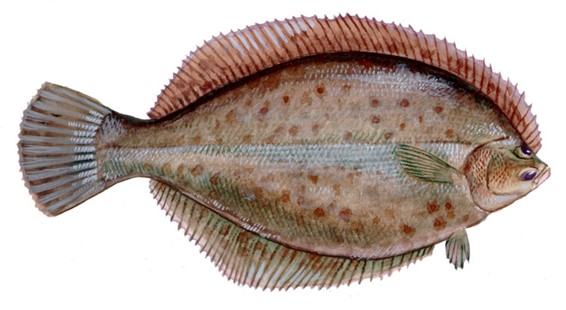
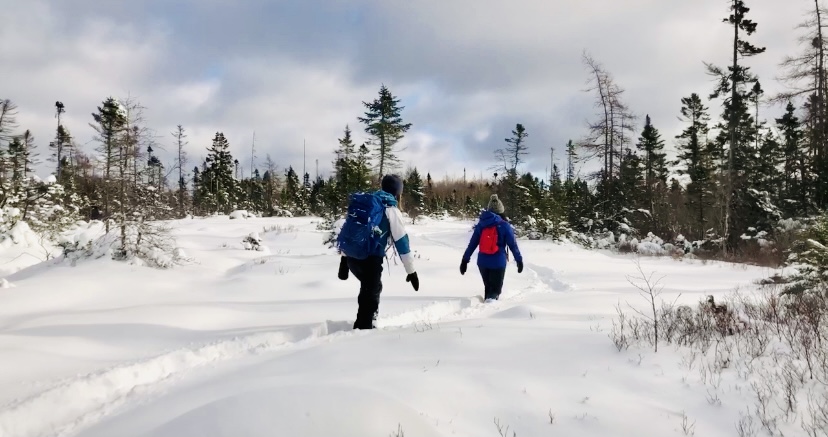
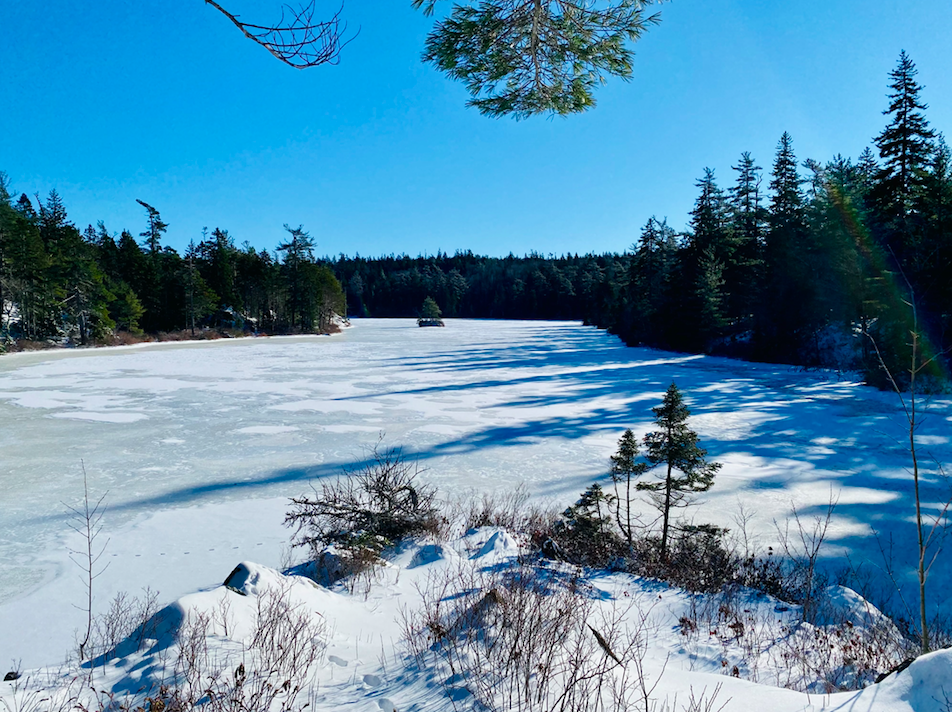
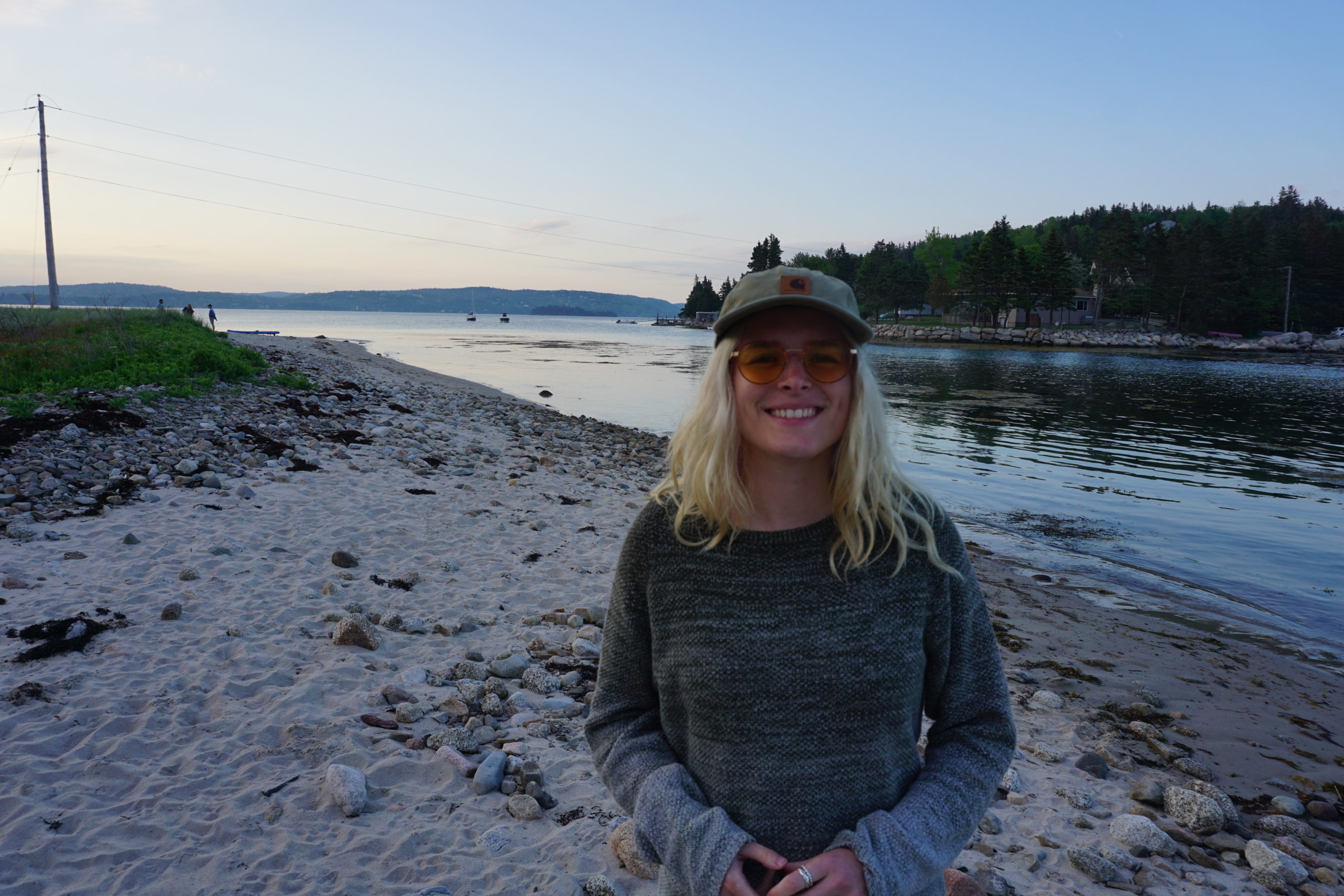 It’s been a year now since I joined the CPAWS Nova Scotia team, and I wanted to share with you some of the marine conservation highlights from my time here. I’ve been lucky to have some amazing experiences this past year, including working alongside community activists and exploring the Eastern Shore Islands by kayak. I’ve also witnessed remarkable progress on marine conservation in Canada. At a national level, we saw some important marine commitments:
It’s been a year now since I joined the CPAWS Nova Scotia team, and I wanted to share with you some of the marine conservation highlights from my time here. I’ve been lucky to have some amazing experiences this past year, including working alongside community activists and exploring the Eastern Shore Islands by kayak. I’ve also witnessed remarkable progress on marine conservation in Canada. At a national level, we saw some important marine commitments: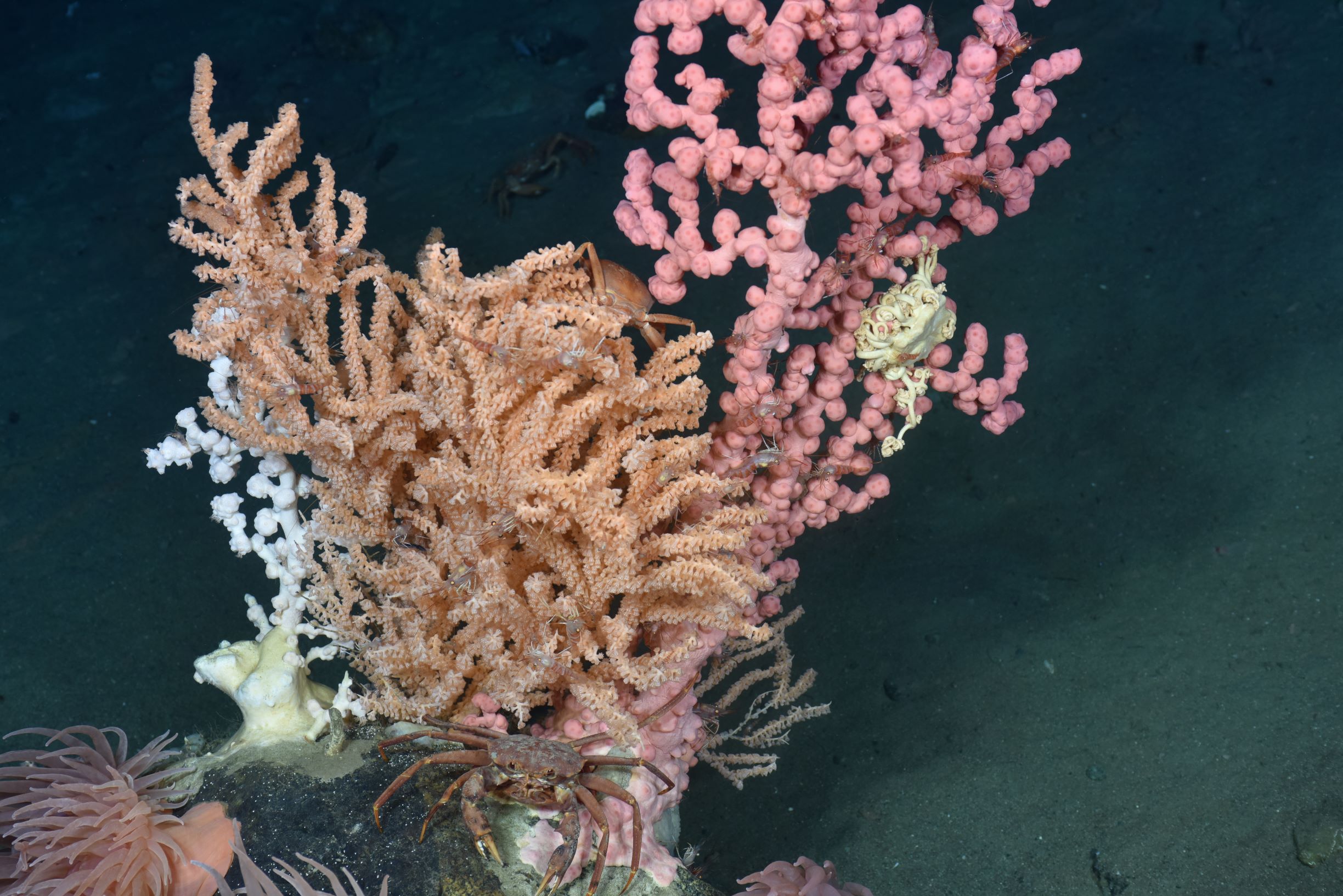
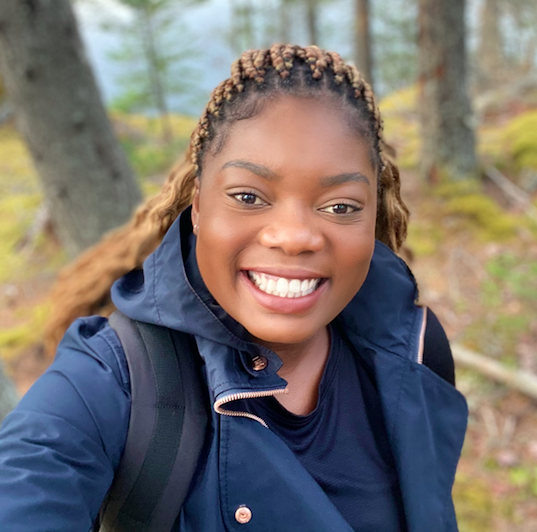
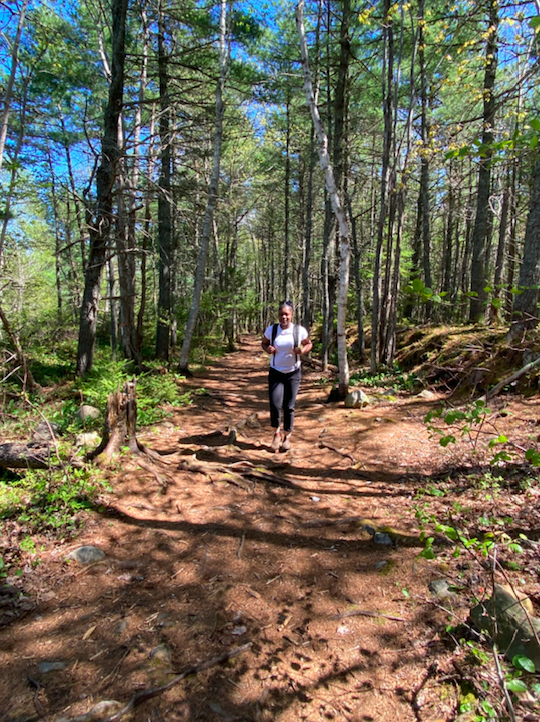 All my life, I’ve known I wanted to make a difference in this world and combine my love of nature with my desire to help people. I had the opportunity to work with the Society for Conservation of Nature of Liberia (SCNL) and help local communities strengthen their relationship with the forest. I helped SCNL conduct site visits to collect data and assist in the communication with landowners, the government, and the local community. I remember my excitement and nervousness the first time I led a group of local youths and elders through the wilderness to show them the areas we should protect. We planted some trees and did a BioBlitz with the kids on the mountain to celebrate biodiversity studies. It was such a fulfilling experience to see the group understand the importance of protecting the environment and the benefits of conservation for their livelihoods. I felt like I made a difference and became more committed to working with communities to protect nature.
All my life, I’ve known I wanted to make a difference in this world and combine my love of nature with my desire to help people. I had the opportunity to work with the Society for Conservation of Nature of Liberia (SCNL) and help local communities strengthen their relationship with the forest. I helped SCNL conduct site visits to collect data and assist in the communication with landowners, the government, and the local community. I remember my excitement and nervousness the first time I led a group of local youths and elders through the wilderness to show them the areas we should protect. We planted some trees and did a BioBlitz with the kids on the mountain to celebrate biodiversity studies. It was such a fulfilling experience to see the group understand the importance of protecting the environment and the benefits of conservation for their livelihoods. I felt like I made a difference and became more committed to working with communities to protect nature.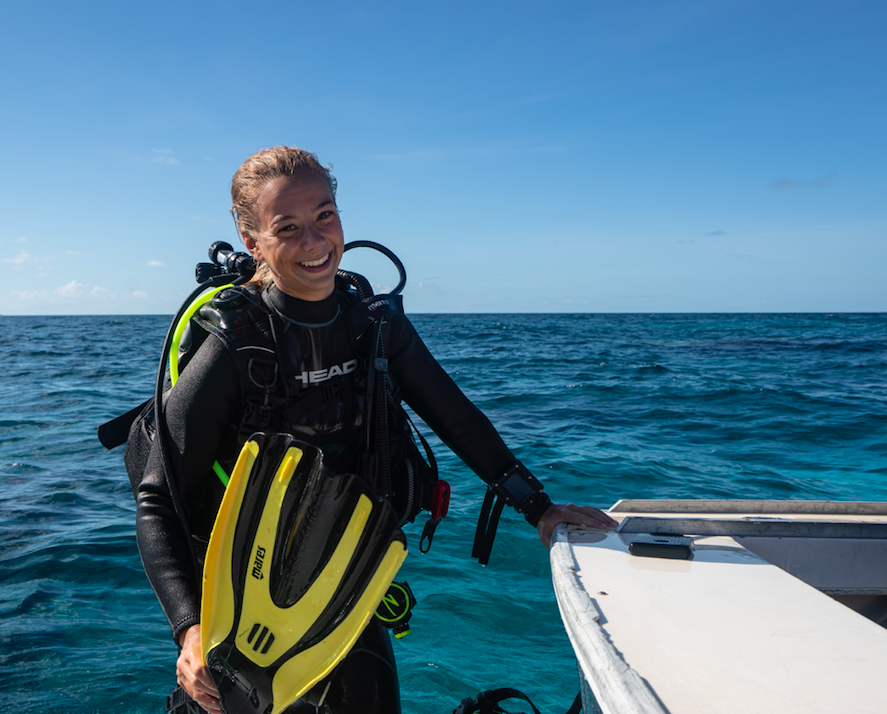 As one of the newest members of CPAWS-NS, I wanted to share with you one of my favourite parts about studying and working in marine conservation – diving! Over the past four years, I have been very fortunate to explore underwater sites in Nova Scotia, Mexico, and Bermuda, as both a scientific and a recreational diver, and I have seen firsthand how the diving community can play an important role in protecting our oceans. So, as we gear up for the summer, let’s talk about how recreational divers can help conservation and research efforts through marine citizen science.
As one of the newest members of CPAWS-NS, I wanted to share with you one of my favourite parts about studying and working in marine conservation – diving! Over the past four years, I have been very fortunate to explore underwater sites in Nova Scotia, Mexico, and Bermuda, as both a scientific and a recreational diver, and I have seen firsthand how the diving community can play an important role in protecting our oceans. So, as we gear up for the summer, let’s talk about how recreational divers can help conservation and research efforts through marine citizen science.